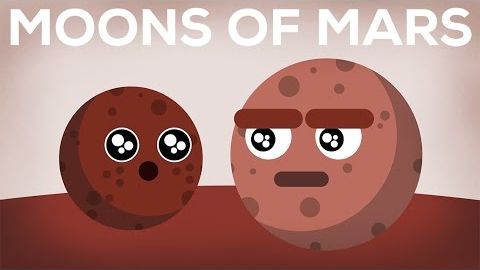火星の月は説明されている -- フォボスとデイモス MM#2 (The Moons of Mars Explained -- Phobos & Deimos MM#2)
Jimmy Lin が 2021 年 01 月 14 日 に投稿  この条件に一致する単語はありません
この条件に一致する単語はありませんUS /kəˈmjunɪti/
・
UK /kə'mju:nətɪ/
- n. (c./u.)社会集団;一体感;オンラインコミュニティ;生物群集;実践共同体;欧州共同体
- adj.地域社会の;共同の
US /ˈplænɪt/
・
UK /'plænɪt/
- n. (c./u.)惑星;世界;星
- prop. n.地球
US /kætʃ, kɛtʃ/
・
UK /kætʃ/
- n. (c./u.)捕獲量 : 収穫量;罠;理想の結婚相手;留め金
- v.t.(ボールなどのとんでいるものを)捕る : つかむ;捕らえる;感染する;(自分の代わりに)~してくれる人を見つける;引っかける;捕らえる:つかまえる;理解する
エネルギーを使用
すべての単語を解除
発音・解説・フィルター機能を解除

